Products in the Treatment Aid portfolio are developed to supplement nutritionally poor wastewater. They make operations easier and help plants with nutrient-limited wastewater streams meet their treatment goals.
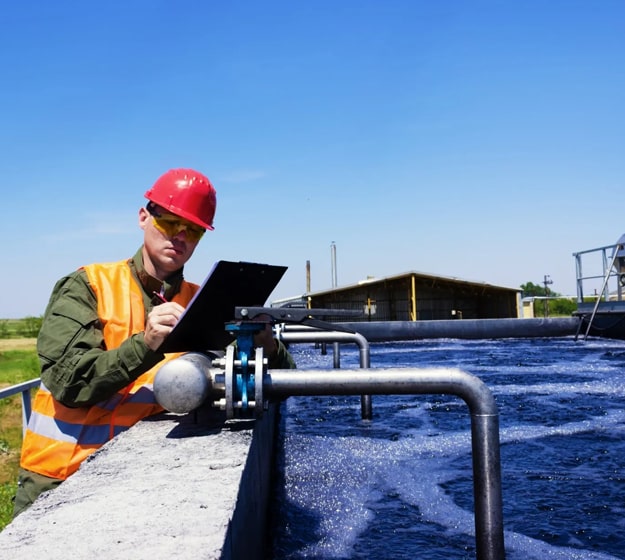
We’re bringing the next wave of innovation to the wastewater industry through advanced biotechnology research. Our diverse range of products are versatile, effective and efficient—designed to enhance microbial communities and optimize wastewater systems.
With blends of specialized, naturally occurring microbes and other ingredients, our products naturally enhance the biodegradation of wastewater by increasing the existing microbial population to improve aeration, odour control, phosphorus and nitrogen removal, and BOD/COD reduction.
These 100% safe, reliable, and stable bioaugmentation products enhance biological waste treatment systems’ ability to break down difficult-to-degrade organic compounds and handle highly variable wastewater environments. These environments include:
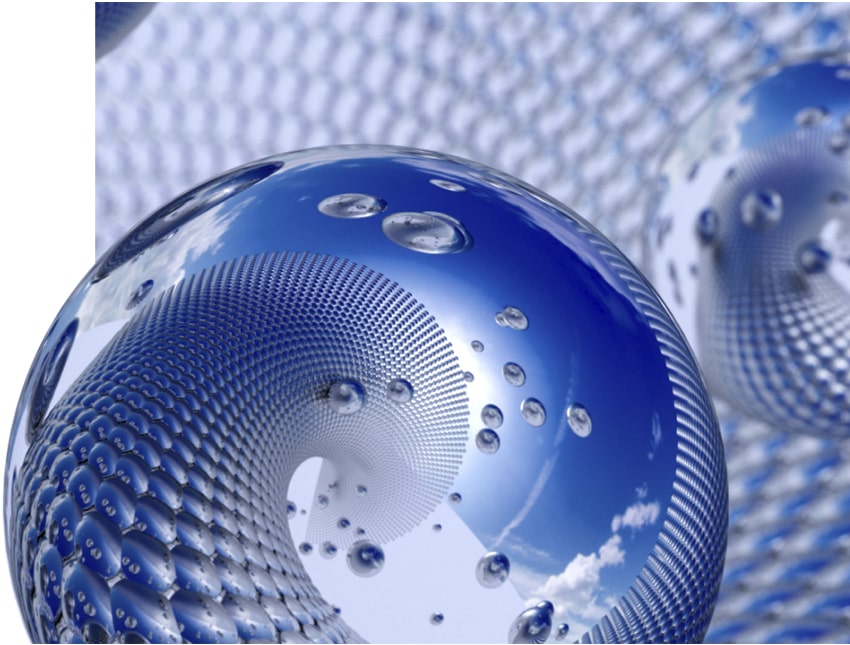
Many restaurants use grease traps which simply move the grease down the line. Grease builds up in the sewer lines and accumulates in lift stations. Failing to deal with grease deposits at this stage can create problems downstream as waste matter cools, solidifies, and enters the treatment system. Grease coats the lines and creates anaerobic pockets for converting sulfate salts into hydrogen sulfide gas, and that leads to rotten egg odours and corrosion.
Another major issue is that excess grease can increase pumping costs and cause sewage backups. Extracting excess grease by way of mechanical pumping is not always practical or cost effective; operators need specialized solutions. That’s where we come in.
We offer a line of powerful, effective, environmentally friendly products that will optimize your ability to combat grease build up and odours:
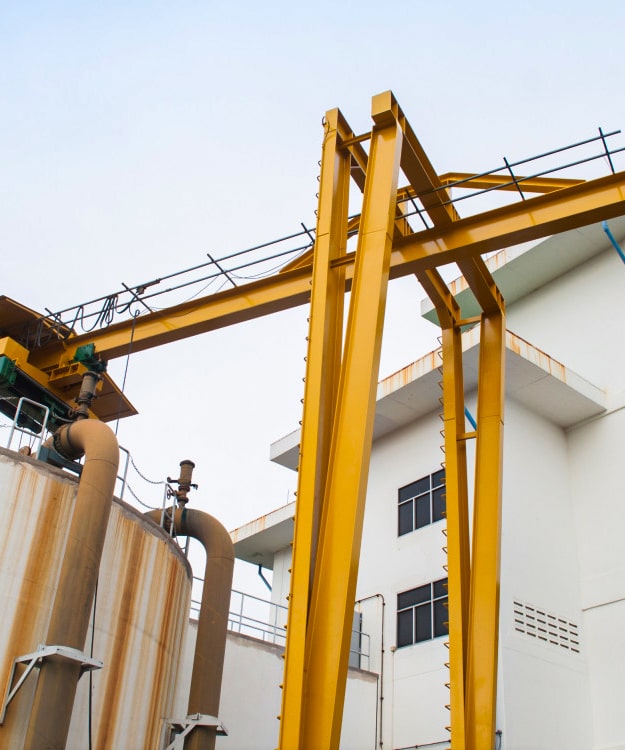
The heart of any wastewater system is the microbial community. Existing microbial communities can’t always degrade all the contaminants present in the wastewater. Adding our microbial solutions to the community—in a process known as bioaugmentation—targets the problematic contaminants and makes the community more robust.
But keep in mind that bioaugmentation isn’t a one-size-fits-all solution. The first and most critical step? Working with you to define a wastewater system’s unique needs.
We recommend a solution after evaluating the system’s operating conditions and diagnosing the microbial population appropriately.
Our products provide you with your first line of defense in the chemical treatment of wastewater effluent:
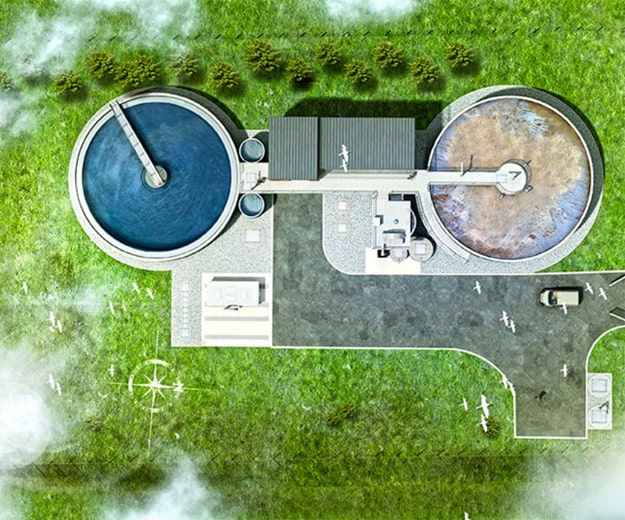
Solids can accumulate at the bottom of lagoons, resulting in short-circuiting, reduced hydraulic retention time, and ultimately poor treatment. The most common way to alleviate this problem is through costly dredging. Not anymore.
CI Sludge Sharks are the powerful biological alternative to dredging you’ve been waiting for. Our Sharks are applied at the water's surface and sink directly into the settled sludge layer. They are easily applied over a broad area and target hot spots where sludge has accumulated.
The microorganisms and nutrients in Sludge Sharks stimulate biological activity in the sludge layer. Proprietary enzymes degrade substances that hold decaying biomass together at the lagoon bottom. Beneficial microorganisms further complete the degradation of decaying biomass and result in a lower and more compact sludge layer.
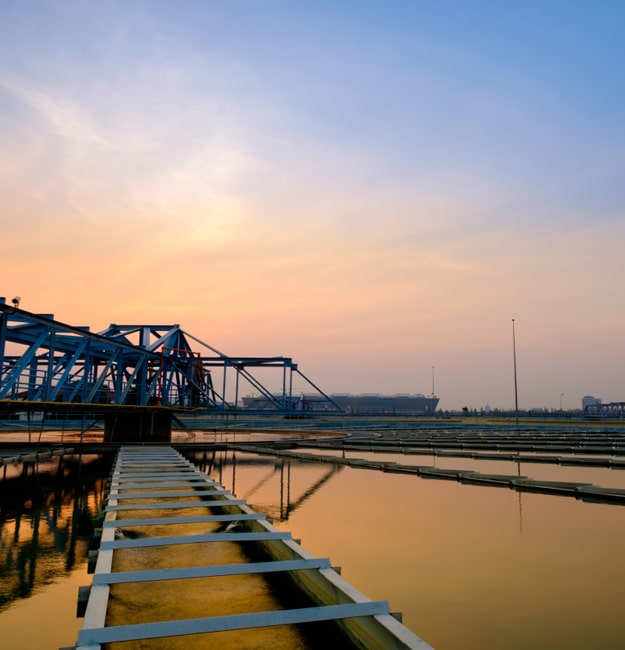
Products in the Treatment Aid portfolio are developed to supplement nutritionally poor wastewater. They make operations easier and help plants with nutrient-limited wastewater streams meet their treatment goals.
